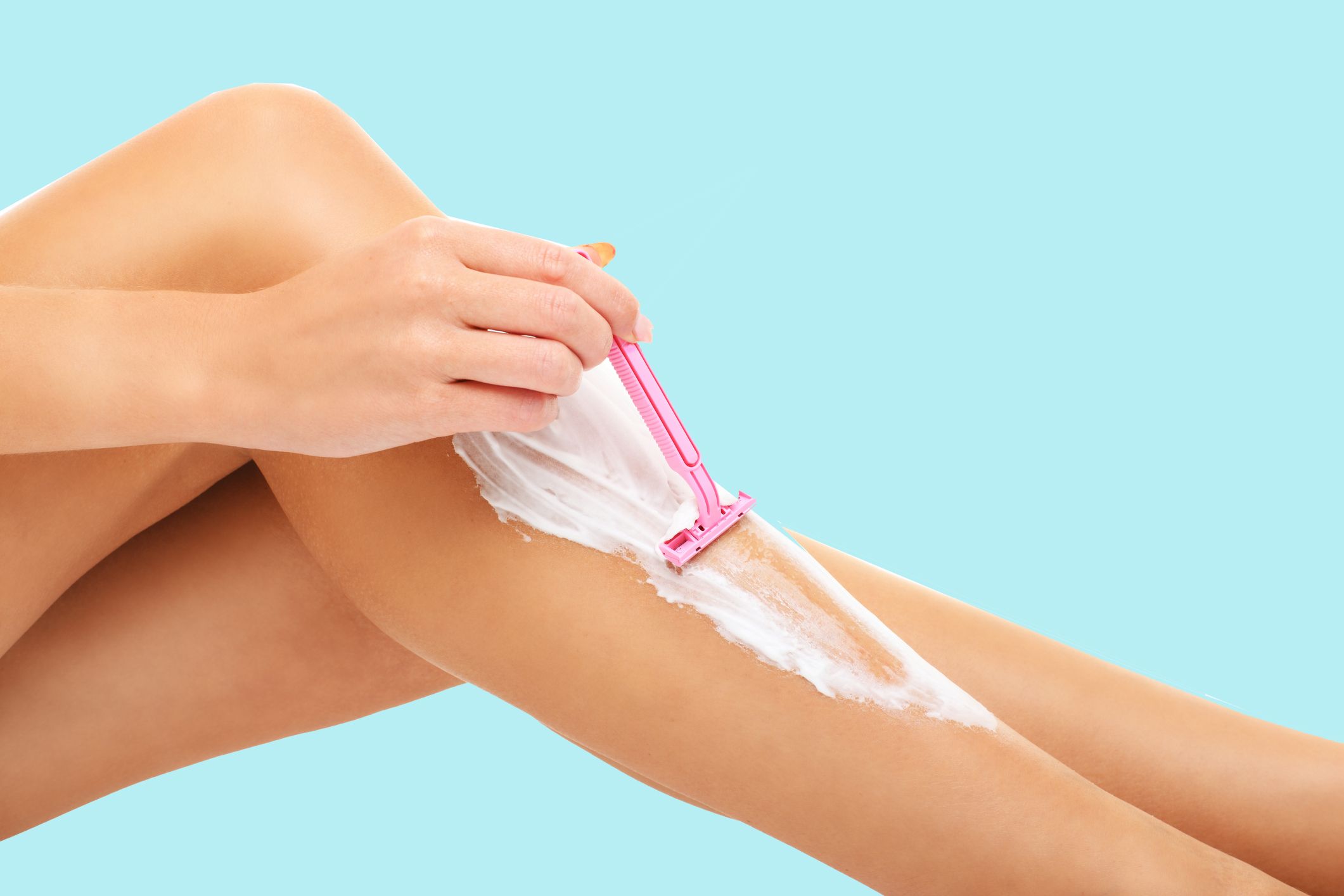Exploring the Significance of Shaving: Culture, History, and Trends
Discover the universal practice of shaving, delving into its cultural, historical, and personal significance, as well as its contemporary trends and environmental considerations
The Multi-Faceted World of Shaving: Culture, History, and Trends


Shaving is a common and widely practiced grooming ritual, primarily aimed at removing unwanted hair from the body, with a particular emphasis on facial hair for men and various body parts for women. It is a practice with a rich history and cultural significance, encompassing a variety of tools, techniques, and products.
Historical Evolution of Shaving:
Shaving as a grooming practice can be traced back to ancient civilizations. In ancient Egypt, for example, both men and women practiced hair removal using various methods, including sharpened flints or seashells. In Greece, beards were typically associated with philosophers, while clean-shaven faces were the preference among soldiers.
Ancient Romans embraced a clean-shaven look as a sign of civilization, and they were known for their use of early razors. These ancient grooming practices reveal that shaving has been a part of human culture and hygiene for thousands of years.
Cultural and Religious Significance:
Shaving holds cultural and religious significance in different societies. In many Western cultures, a clean-shaven face has long been associated with professionalism and good grooming. However, the cultural significance of facial hair varies widely. In some cultures, beards and mustaches are considered symbols of wisdom and masculinity. In others, they may have religious significance, as seen in the Sikh tradition.
Facial hair and shaving are also linked to rites of passage in various cultures. For example, the first shave is often seen as a symbolic transition from boyhood to manhood in some societies. These cultural and religious associations with shaving can be deeply ingrained in the identity of individuals and communities.
Personal Grooming:
One of the most common reasons for shaving is personal grooming. Men and women often shave to maintain a well-groomed appearance. For men, this often means shaving facial hair to create a clean and professional look, comply with workplace dress codes, or simply enhance their appearance. Women, on the other hand, may shave their legs, underarms, and other areas to achieve a smooth and hair-free look, as per societal beauty standards.
The act of shaving involves using a razor or other hair removal tools to cut the hair at or just below the surface of the skin. Depending on personal preferences and skin sensitivities, individuals may choose wet shaving with water and shaving cream or dry shaving with electric razors.
Tools and Techniques:
The tools and techniques of shaving have evolved significantly over time. Traditional wet shaving methods often involve the use of straight razors, safety razors, or disposable razors. Wet shaving includes the use of water and a lubricating shaving cream or gel to soften the hair and reduce friction on the skin. This method provides a close and comfortable shave, although it may require more time and attention to detail.
In contrast, dry shaving involves the use of electric razors that do not require water or shaving cream. Electric razors are designed for convenience, as they can be used quickly and without the need for additional products. While dry shaving is more efficient, it may not always provide as close a shave as traditional wet shaving.
Caring for the Skin:
Proper skin care is essential before and after shaving to prevent skin irritation and other common shaving-related issues. Exfoliating the skin before shaving can help prepare the area by removing dead skin cells and making hair removal more efficient. After shaving, the application of aftershave products can soothe and moisturize the skin, reducing the risk of redness, razor burn, or ingrown hairs. there is a shaving for a female gender which is often referred to as Female face shaving, it is also known as "dermaplaning," involves the use of a sharp blade to remove fine facial hair and exfoliate the skin, leaving it smoother and brighter and of cause shaving is not a gender specific practic you can go on and shave if you feel like, Shaving is a personal grooming choice and varies from person to person. people often ask how do i tell someone you have to shave? well the right way is; to politely suggest someone shave, consider saying something like, "I think you would look great with a clean-shaven face. It's a personal choice, but it might enhance your overall appearance." Approach the topic with empathy and respect for their autonomy.

Medical and Hygienic Uses:
Shaving plays a significant role in the medical field and in maintaining hygiene. Before surgery, patients are often required to have a specific area of their body, such as the surgical site, shaved. This is done to facilitate the application of sterile dressings, reduce the risk of infection, and improve the effectiveness of medical procedures.
Shaving also serves hygienic purposes. In certain professions, such as the military and healthcare, individuals are required to maintain clean-shaven faces to ensure the proper fit of respiratory masks and reduce the risk of contamination.
Contemporary Trends and Movements:
While traditional wet shaving methods continue to be popular, contemporary trends have seen a resurgence of interest in classic grooming rituals. Many individuals have rediscovered the satisfaction of using safety razors, straight razors, and traditional shaving brushes. These methods offer not only a close shave but also a sense of nostalgia and a return to simplicity in personal care routines.
There are also movements and initiatives that challenge traditional notions of shaving. "No-Shave November" and "Movember" are examples of campaigns that encourage men to grow facial hair for a month to raise awareness about men's health issues, particularly prostate cancer. These movements have redefined societal perceptions of grooming and masculinity.
Environmental Impact:
Modern disposable shaving products, such as razors with replaceable cartridges and aerosol cans of shaving cream, have raised concerns about environmental impact due to the waste they generate. Many disposable shaving products are made of plastic, which adds to plastic waste in landfills and oceans.
As a response to environmental concerns, eco-friendly alternatives have gained popularity. Safety razors with replaceable blades, traditional shaving brushes, and solid shaving soaps or creams that come in reusable containers offer a more sustainable approach to shaving.
In conclusion, shaving is a practice that extends beyond mere hair removal; it has cultural, historical, and personal significance. The tools and techniques of shaving have evolved over the centuries, reflecting changes in societal norms and technological advancements. Whether performed for grooming, cultural practices, or medical reasons, shaving remains a timeless and integral part of personal care and self-expression for individuals worldwide.



